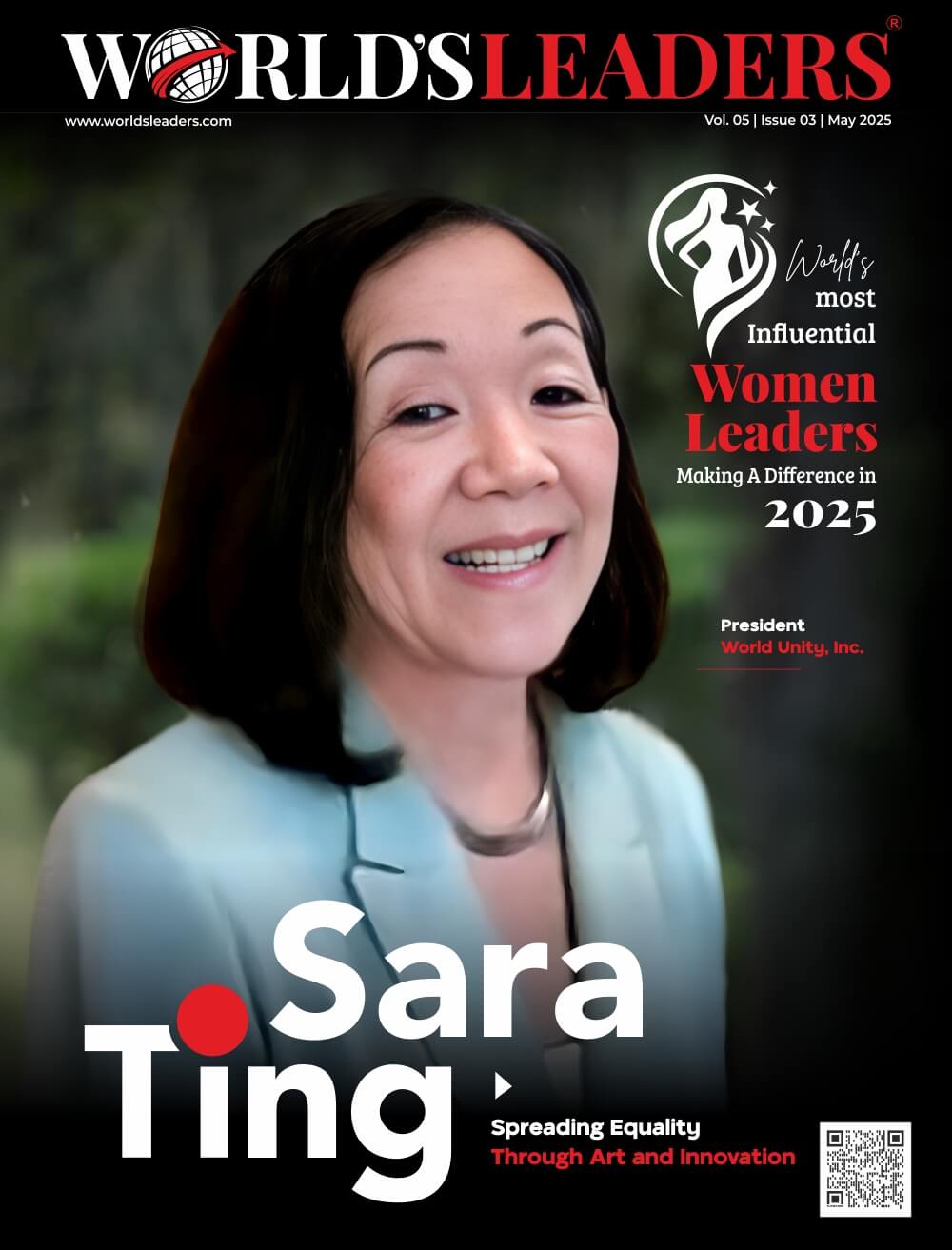Despite recent growth in the number of women working in law enforcement, a gender gap still exists; only 12% of sworn legal professionals nationwide are female. It is still urgent to achieve gender equality in legal positions, especially at the leadership levels. According to the U.S. Bureau of Labor Statistics data, employment of lawyers will increase by 5% between 2019 and 2029. To satisfy the rising demand, more women should be recruited and hired for legal positions.
Since 1990, women have made up over 60% of new recruits to the field, and today there are more women practicing as solicitors than men. Although these figures and role models are motivating, it is obvious that more can yet be done. Creating an understanding for men and women to debate how to help women in leadership positions in the profession is one of our main goals.
Overcoming Obstacles and Defeating the Odds
Compared to their male counterparts, women in the early stages of their legal professions confront different difficulties. Despite advancements, many law firms continue to harbor unconscious bias. The unequal distribution of opportunities between men and women, particularly in the early years of practice, may be caused by these prejudices that unconsciously influence attitudes, conduct, and decision-making. It might also be a factor in the fact that there are a lot fewer women in top positions in legal firms. In reality, according to a 2016 report by the National Association for Law Placement, Inc. (NALP), women are represented in private practice at a rate of 22% at the partnership level, compared to 49% at the summer associate level.
Participation by Legal Women
It is not because women are not putting in the time and effort or because they are preoccupied with other issues in their lives that they are not moving up in the profession. When it comes to the advancement and retention of female attorneys in the legal profession, there are numerous systemic problems that need to be addressed head-on. It is disgusting to blame female attorneys.
This issue is not a “woman” issue. This issue affects the legal profession and is caused by obsolete organizational structures. The association as a whole works to ensure equal participation by generating timely reports, studies, and recommendations to assist law firms and other legal employers in addressing enduring gender imbalances in the profession, enlisting men as allies, and combating sexual harassment. Since 1959, a lot has changed. Ginsburg was one of just nine women in her Harvard law school class at the time, and she was questioned about why she was taking a position away from a man. Currently, 54% of law students are women. Women now account for 37% of the profession, up from just 3% in 1970.
But discrimination against women still exists in the industry. Although there are more women working in legal firms than men, only 21% of them are equity partners, and just 2% of them are women of colour. The likelihood that a woman will be one of the few females in the room increases as she advances through a legal firm.
“Fair to Legal Women”
We won’t just watch while the majority of the legal community leaves, taking with them their knowledge and expertise at a crucial time. That’s bad for business, bad for the industry, and bad for customers. And it’s incorrect.
Women attorneys deserve to work in a just and equal environment where the culture and rules support them and do not discourage them from succeeding. For individual female attorneys, the legal profession, and the clients, we can do a lot, lot better.





